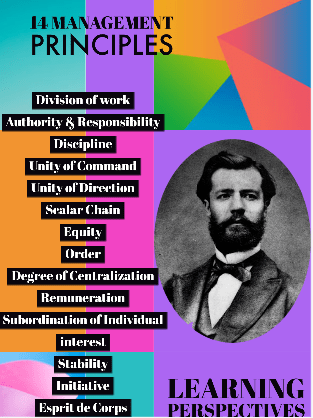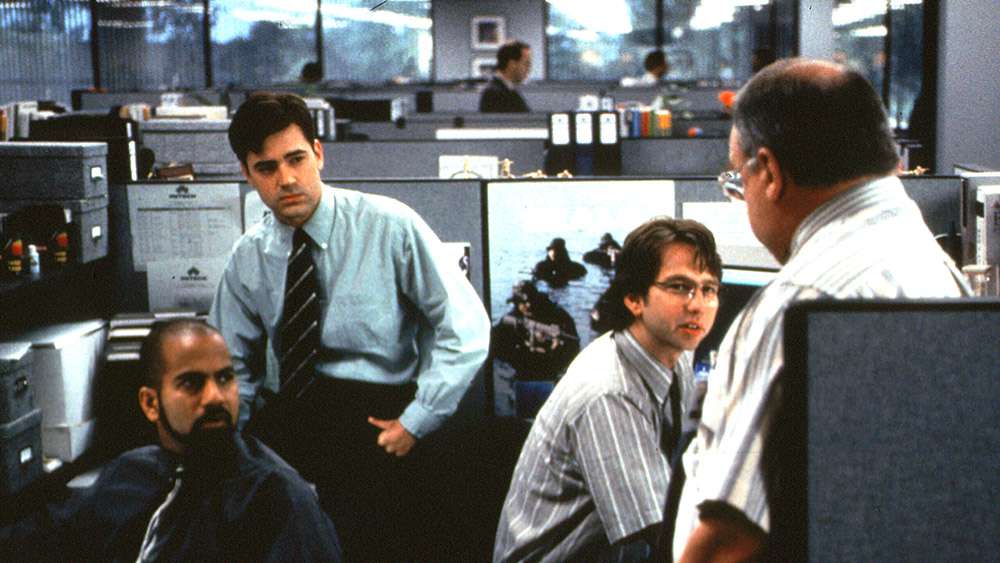Case breakdown: Movie Office Space:
As you watch the scene from the movie ‘Office space’, one can see the lead actor is answerable to 3 bosses in this particular scene. If you see the scene above, the employee is frustrated as the 3 bosses order him around. All of them repeat the same instruction regarding whether he has received the memo. Even though what sounds like a silly mistake by the employee, every boss, refers to the same issue that makes the employee frustrated and unproductive.
In this blog, Learning Perspectives will explore the meaning of Unity of Command.
What is Unity of Command?
Unity of command is one of the management principles given by Henry Fayol. It states that an employee receives orders from one manager or supervisor only. Fayol says that it if there are more than two superiors it leads to ‘ego clashes’ and conflict in the organization. Similar to the scene that we saw, it leads to redundant communication and frustration on all ends.

Henri Fayol was a French engineer who developed the principles of management or administrative theory. Below were the principles.
a) Division of Work: Breaking up the work and segregating it into different divisions was suggested by Henri Fayol. He said that this would ensure efficient and quality deliverables.
b) Unity of Command: As explained above, this principle stated that an employee should have one reporting authority.
c) Unity of Direction: All employees should work towards the same objective as the organization.
d) Scalar Chain: There should be a hierarchy in place, i.e. each employee should have a reporting officer. This maintains a chain and the employee knows whom to reach out to when in need of direction or any other related information.
e) Equity: All employees of the organization should be treated with dignity and respect. They should all be equal in the eyes of the management.
f) Order: This is created through the company’s positive culture. A constructive and optimistic environment leads to better outcomes in the organization.
g) Degree of Centralization: This should be balanced. The management should be neutral and equilibrium should be maintained between the division of power and hierarchy in the organization.
h) Remuneration: This should be provided to all working professionals in terms of money or recognition. This motivates employees to perform efficiently.
i) Subordination of Individual interest – In an organization, all employees should work towards a common objective. Individual interest should be subordinate or below the goal of the organization.
j) Stability: The security of the job serves as the stability for an employee. Management should offer security by offering a safe working environment along with regular income.
k) Initiative: All employees should be encouraged by the management to take initiative in the workplace. This leads to high engagement in work.
l) Esprit de Corps: Inculcating faith and confidence in the organization lies with the management. The management continually should encourage and establish support for the employees.
m) Authority & Responsibility: Authority and responsibility are two main elements that help in the delegation. Authority promotes efficiency in work and responsibility entails completeness of work.
n) Discipline: Discipline in the organization is crucial and should be maintained to promote stability and good employee conduct.
These principles lay down a foundation to understand how work can be conducted in an organization. They play a major role in planning, forecasting, decision making, attainment of objectives, and controlling.









[…] Another scene, that distinctly talks about memos is from the movie office space. […]